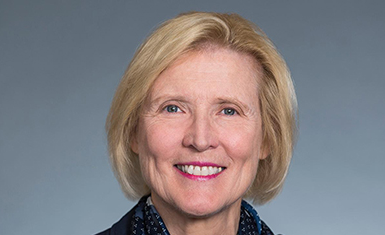The Short Report: October 9, 2024
Implementing Generative AI is SMEs' top operational priority, risks to Canada’s financial system from AI have intensified, “greenwashing” risks growing in Quebec’s and Canada’s financial sector, Propulsion Quebec plays key role in province’s net-zero industrial policy, Ottawa taking steps to modernize Canadian Environmental Protection Act, and more.
Other stories mentioning these organizations, people and topics
| Organizations: | |
| People: | |
| Topics: |
Other News
Events For Leaders in
Science, Tech, Innovation, and Policy
Discuss and learn from those in the know at our virtual and in-person events.
See Upcoming Events
You have 0 free articles remaining.
Don't miss out - start your free trial today.
Start your FREE trial Already a member? Log in
By using this website, you agree to our use of cookies. We use cookies to provide you with a great experience and to help our website run effectively in accordance with our Privacy Policy and Terms of Service.




